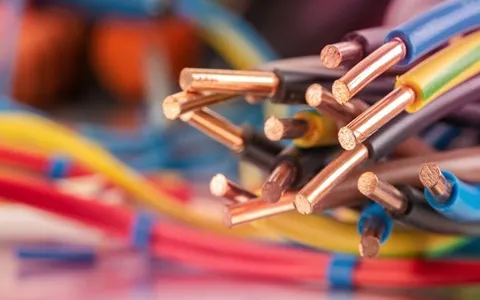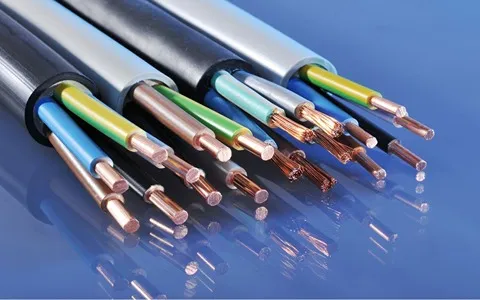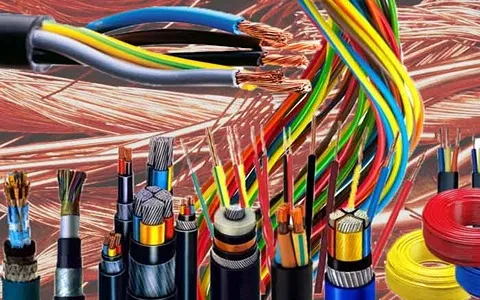In a world governed by connections and communications, wire and cable play an integral role in powering our everyday lives from transmitting electricity to facilitating data transfer, these essential components form the backbone of modern infrastructure.

Wire and Cable Common Materials and Essential Tips for Purchasing
However, navigating the intricate world of wire and cable can be daunting, with a plethora of materials and specifications to consider.
In this comprehensive guide, we delve into the common materials used in wire and cable manufacturing and provide essential tips for purchasing the right products for your needs.
Understanding Common Materials
Wire and cable come in a variety of materials, each tailored to specific applications based on their unique properties.
Here are some of the most common materials used in wire and cable manufacturing.
1. Copper
Copper is one of the most widely used materials in the production of wire and cable due to its excellent conductivity and durability.

3. Steel
Steel wires are commonly used in applications that require additional strength and support, such as suspension bridges and overhead cables.
Steel provides excellent tensile strength and resistance to environmental factors like corrosion, making it a preferred choice for demanding applications where durability is paramount.
4. PVC (Polyvinyl Chloride)
PVC is a versatile thermoplastic material used as insulation or jacketing in wire and cable manufacturing.
It offers excellent electrical insulation properties, is resistant to moisture and abrasion, and is cost-effective compared to other materials.
PVC cables are widely used in indoor electrical wiring, automotive applications, and consumer electronics.

1. Identify Your Application
The first step in purchasing wire and cable is to clearly define the intended application whether you need wires for power transmission, data communication, or industrial machinery, understanding the requirements and environmental conditions will help narrow down the available options.
2. Determine the Required Specifications
Once you have identified the application, it is essential to determine the specific requirements for the wire or cable, such as voltage rating, current carrying capacity, insulation type, and temperature rating.
These specifications will ensure that the chosen product meets the necessary performance standards and safety regulations.

6. Budget and Long-Term Costs
While cost is a significant factor in any purchasing decision, it is important to consider the long-term costs associated with selecting high-quality wire and cable.
Investing in premium products may initially incur higher costs but can result in greater reliability, durability, and reduced maintenance expenses over the lifetime of the installation.
Wire and cable are fundamental components that power the interconnected world we live in, enabling the seamless transmission of electricity, data, and signals across various industries.

